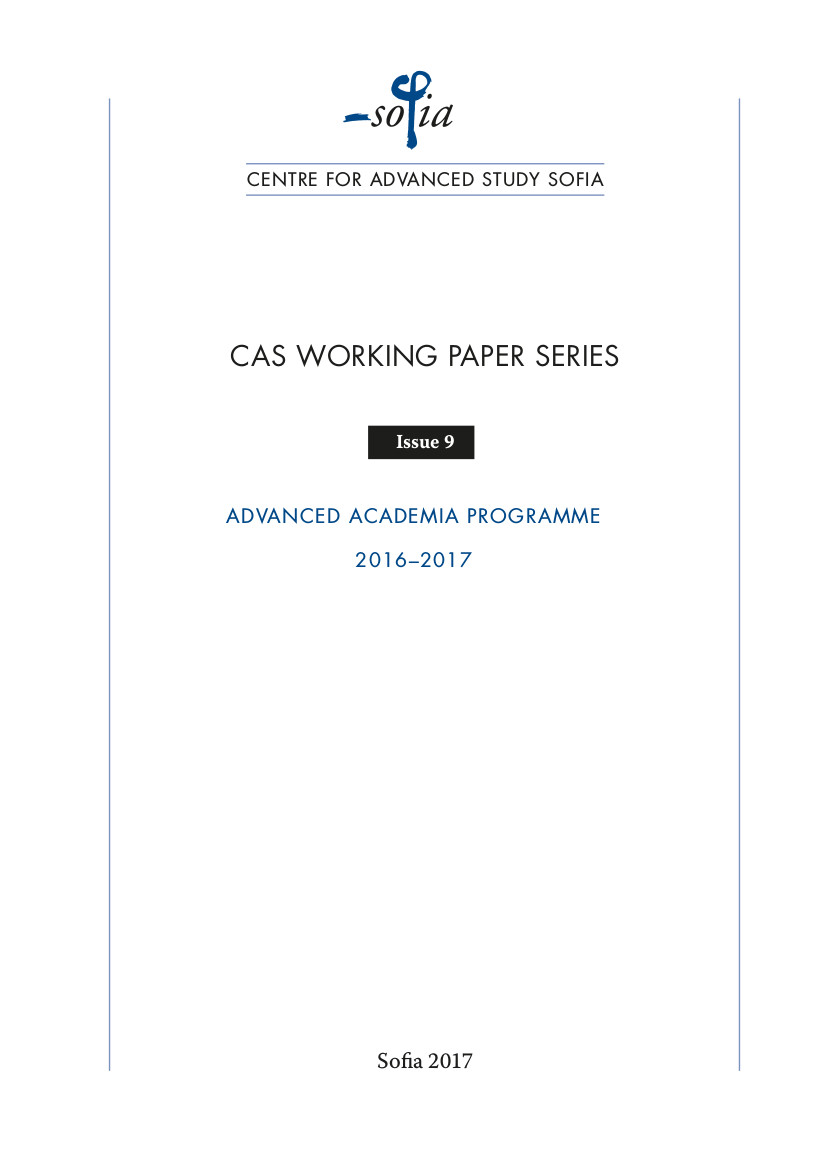What do we do when we say “This is true!”?
What do we do when we say “This is true!”?
Author(s): Dimitar VatsovSubject(s): Philosophy
Published by: Centre for Advanced Study Sofia (CAS)
Keywords: truth-telling; performative; meaning; generalization; de-contextualization; de-actualization; de-indexicalization
Summary/Abstract: Saying that something “is true” is similar to a command for repetition: it resembles to imperatives like “Remember!”, “Follow the rule!”, “Do this always!”, “Take as a model or an example!”. But in contrast with these imperatives, truth-telling produces higher degree of generalization and de-contextualization. What is declared to be true, it and only it, regardless of everything else, must be repeated in the same way, always and everywhere, word for word. Thus, our specific performative is a speech machine for substantializing and generalizing meaning. That is because meaning is nothing other than a more or less substantialized model of how to use words and things. Saying that something “is true” aims to turn a given phrase or thing into a model, a cliche, a stamp dictating – through more or less literal repetition – all further uses.The specific features of truth-telling as a speech machine for generalization and de-contextualization are outlined here. Saying that“x is true” cancels preexisting uncertainty about “x”, assures in its certainty, takes “x” as a fragment from its former context of use, de-actualizes “x” by means of canceling its semantic reference to something here-and-now (de-indexicalization 1), canceling also its syntactic reference to other words and phrases (de-indexicalization 2), and, finally, canceling its pragmatic reference to concrete speaker and hearer (de-personalization).Since saying that something “is true” is a performative or, in other words, a practical gesture, it can be understood by analogy with other practical gestures: by analogy with issuing a licence, a certificate, a warranty card for something or, most simply, as installing a seal on a water meter. The performative “This is true!”, similarly to installing a seal on a water meter, has two main functions: (1) It forbids changing the content of what is declared to be true (any meddling with the water meter is forbidden); (2) It demands that what is declared to be true must always be taken as a model to be followed (in measuring future water use).
Journal: CAS Sofia Working Paper Series
- Issue Year: 2017
- Issue No: 9
- Page Range: 1-16
- Page Count: 16
- Language: English

